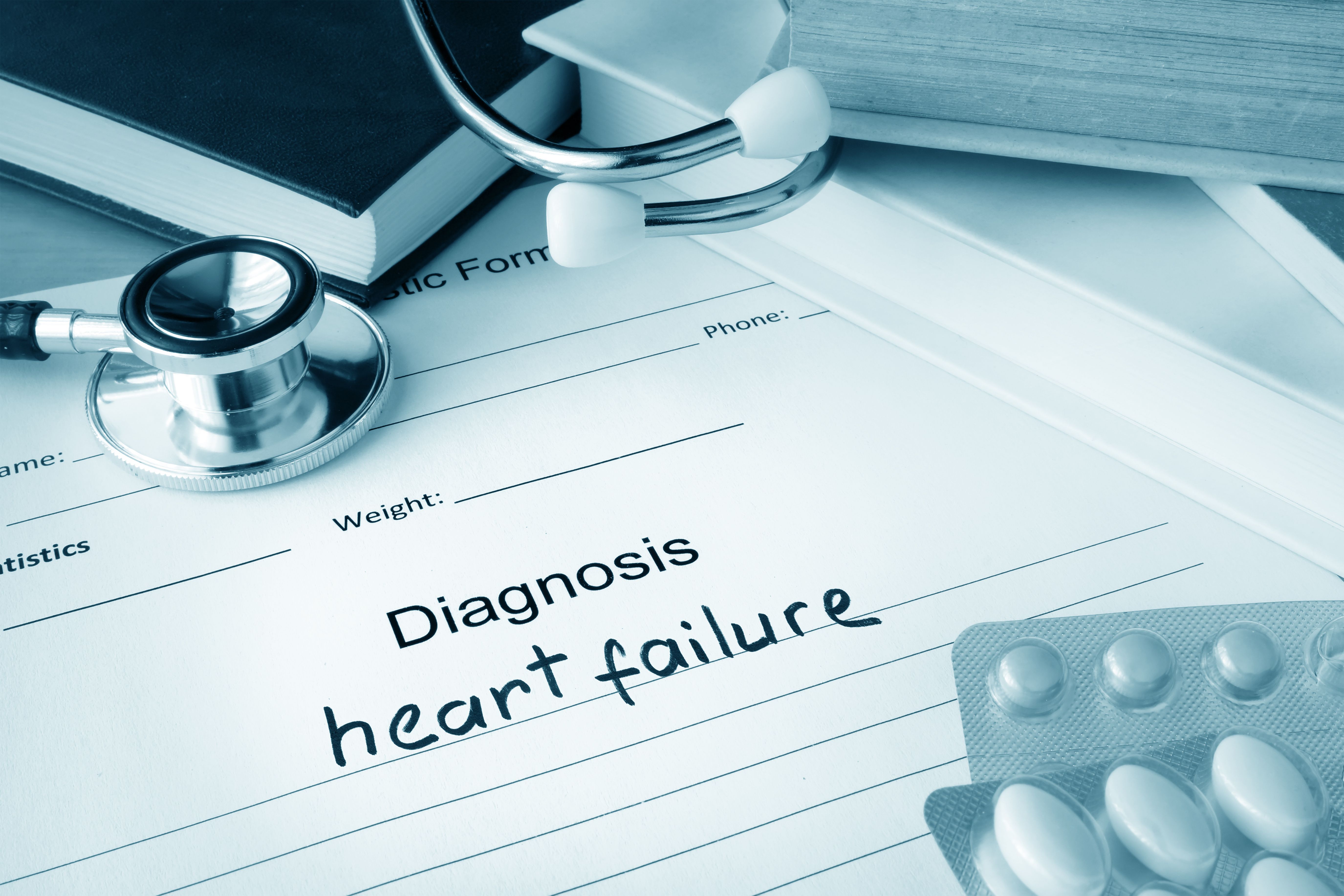Article
Proximity to Fracking Activity Linked to Increased Risk of Heart Failure Hospitalization
Author(s):
An analysis of data from Geisinger suggests living closer to fracking activity could increase a person's risk of hospitalization for heart failure.

Data from a study examining more than 12,000 patients from Pennsylvania has uncovered a startling trend in regard to location of a patient’s residence relative to fracking activity and risk of heart failure hospitalizations and death.
Results of the study, which examined patients treated at Geisinger health system centers from 2008-2015, suggests living closer to communities impacted by unconventional gas development (UNGD), also known as fracking, put patients at a greater risk of adverse heart failure outcomes.
"Our findings suggest that individuals living with heart failure, when exposed to greater UNGD activity, are more likely to be hospitalized, particularly in those with more severe heart failure at baseline,” said lead investigator Tara McAlexander, PhD, MPH, a post-doctoral research fellow at Drexel University Dornsife School of Public Health, in a statement.
With more than 12,000 wells drilled in Pennsylvania since 2004 and concerns related to the environmental and community impacts, including noise and air pollution, McAlexander and a team of colleagues sought to determine whether proximity to UNGD was associated with adverse cardiovascular outcomes. With this in mind, investigators used electronic health record data obtained from Geisinger to identify 12,330 heart failure patients who resided in 37 Pennsylvania counties from 2008-2015.
Of the 12,330 patients, investigators identified 5839 incident heart failure hospitalizations during the study period. For the purpose of analysis, investigators broke UNGD into 4 different phases and used each phase as an exposure in the study. These phases were defined as pad development, drilling, stimulation, and production.
Analyses planned as part of the current study included an adjusted analysis to evaluate the odds of hospitalization. Investigators also planned analyses to stratify patients based on ejection fraction status and severity of heart failure. Covariates included in adjusted analyses were adjusted for demographic factors, smoking status, Charlson index of morbidity, and receipt of medical assistance.
In comparison to the quartile with the lowest UNGD activity, results suggested those in the 4th quartile for pad preparation (aOR, 1.70; 95% CI, 1.35-2.13), stimulation (aOR, 1.80; 95% CI, 1.35-2.40), and production (aOR, 1.62; 95% CI, 1.07-2.45) activity in the past 30 days were associated with increased adjusted odds of hospitalization for heart failure. However, this association was not seen when assessing drilling activity (aOR, 0.97; 95% CI, 0.75-1.27).
Further analysis indicated associations of most UNGD activity with hospitalizations were stronger among those with more severe heart failure at baseline. Additionally, stratification by ejection fraction status suggested there were no significant differences based on whether a patient was considered to have heart failure with preserved ejection fraction or heart failure with reduced ejection fraction.
"We observed exposure-effect relations for three of the four unconventional natural gas development activity metrics and heart failure hospitalizations. The largest magnitude associations were observed for the well pad preparation, stimulation and production metrics," added McAlexander, in the aforementioned statement.
In an accompanying editorial, Barrak Alahmad, MBChB, MPH, noted the current, and growing, need for greater researcher into potential health effects of UNGD.
"In the early 2010s, the scientific community was calling for 'good' epidemiological studies in order to evaluate the health effects of fracking. In this observational study, the researchers applied extensive and rigorous methods to determine specific exposure-outcome associations between fracking and heart failure hospitalizations," said Alahmad, a PhD candidate in environmental health at Harvard T.H. Chan School of Public Health.” Moving forward, we need to better understand the mediating effects by air and water pollutants, and the existence of racial disparities in the fracking impacts."
This study, “Unconventional Natural Gas Development and Hospitalization for Heart Failure in Pennsylvania,” was published in the Journal of the American College of Cardiology.





